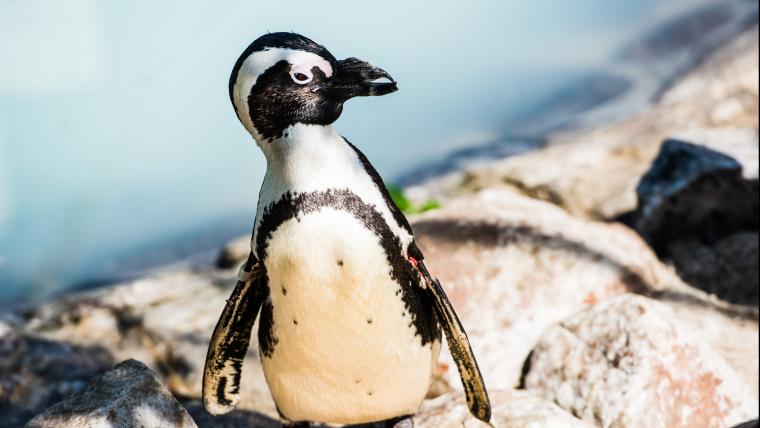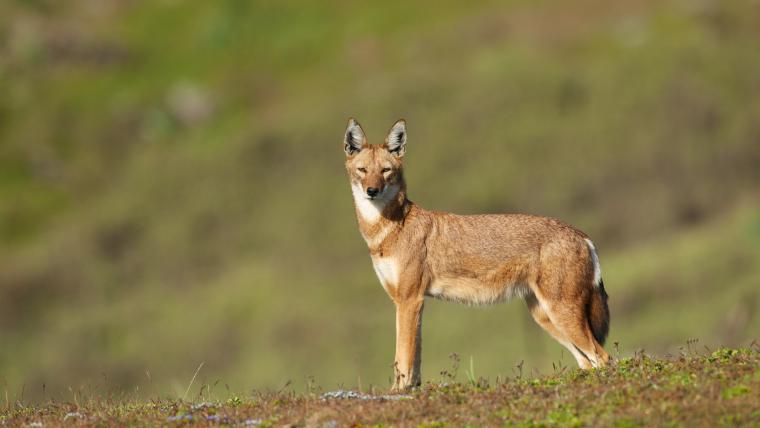
The flightless bird who learnt to soar under the sea
Penguins are the awkward cousins of the bird world. Having lost their ability to fly millions of years ago, their plump bodies and paddle-like wings aren’t suited to the sky or land. Waddling about, they appear more like a bunch of grouchy toddlers than graceful birds. But when penguins plunge into the water, it's clear where they belong.
The majority of penguins reside in the southern hemisphere, with only one species north of the equator in the tropical islands of Galápagos. Of the 18 species, the blue penguin is the smallest at just 30 centimetres high, while emperor penguins tower above the rest at 1.2 metres. Despite their differences, all penguins share a black and white coat. With apex predators like great white sharks and orcas constantly on their tails, the countershading acts as camouflage and allows penguins to blend in with the reflective surface.
Although a fish out of water on land, penguins are the fastest swimmers and deepest divers of all seabirds. A pair of thick, tapered flippers and a torpedo shaped body makes them adept underwater hunters. Soaring through the water at speeds of up to 35 kilometres per hour, the birds gulp down mouthfuls of krill, fish, and squid. Emperor penguins can reach depths of 500 metres in a single breath. A penguin’s agility is further enhanced by a peculiar practice known as porpoising. Consecutive leaps from the water create tiny bubbles that hug to their coats, helping them reduce friction and increase speed. Some believe that this behaviour is also done out of sheer joy.
But these creatures are some of the most endangered seabirds. Overfishing, climate change, and oil spills have resulted in approximately two-thirds of penguin species becoming threatened. The rise in temperature has caused sea ice to melt at an exponential rate, flooding breeding grounds and depleting populations. Their aquatic lifestyle also renders them vulnerable to ocean pollution, which almost certainly results in death without intervention.
Fortunately, conservation efforts by BirdLife South Africa, SANCCOB, and Oceanites, among other organisations, ensure penguins receive the protection and care to bounce back. If these flightless birds are to continue gliding through the sea or toddling on shores, it's up to us to keep their habitats clean and safe.






























Please sign in to leave a comment